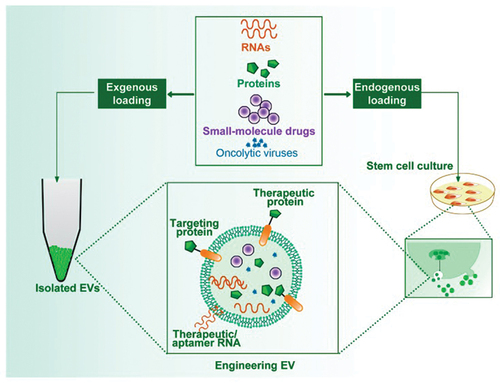Figures & data
Figure 1. Phases of carcinogenesis – a process where a cell progresses from the preneoplastic cell into tumour cell and in situ carcinoma, leading to the invasion of blood vessels and lymph nodes, as well as surrounding tissue (Delpu et al., Citation2013).
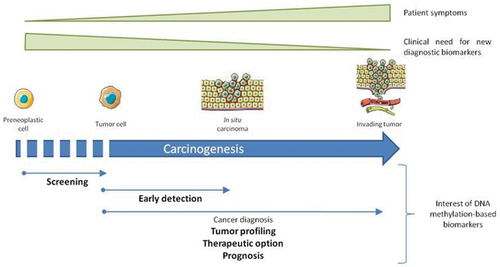
Figure 2. Gene therapy in cancer treatment achieved by the use of tumour-specific promoter (TSP), altering the expression of genes specifically involved in cancer cell development, preventing tumorigenesis (Chen et al., Citation2018).
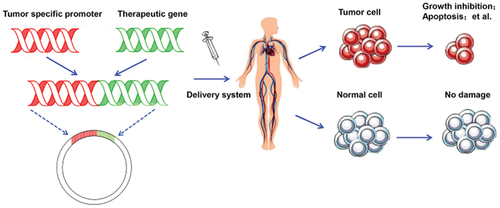
Figure 3. A scheme illustrating the plasticity of cancer cell phenotypes, their main characteristics and signalling pathways that can contribute to cancer stem cell development, as well as environmental factors (synthesis of interleukins, oxygen radicals and growth factors) (Kabakov et al., Citation2020).
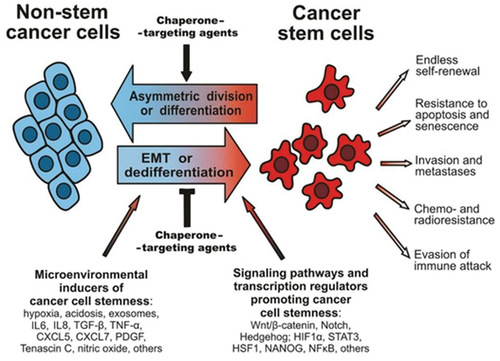
Figure 4. Tumor niche contains tumour cells, cancer stem cells, different immune cells (T-cells, dendritic cells, macrophages, etc.) and their products - chemoattractants, which have the main role in process of carcinogenesis (Chu et al., Citation2020).
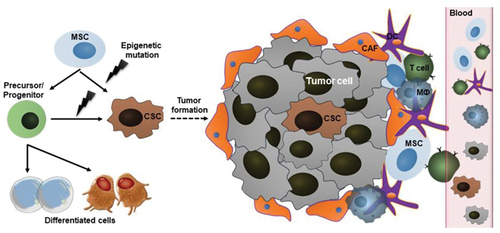
Figure 5. Possible applications of stem cell therapy in oncology; (1) Transplantation of HSC after chemotherapy and radiotherapy for the regeneration of blood marrow cells and leukocytes, (2) the use of ESCs and iPscs for the development of vaccines against cancer and (3) the use of MSCs for the transportation of genes and drugs to targeted tumour environment (Chu et al., Citation2020).
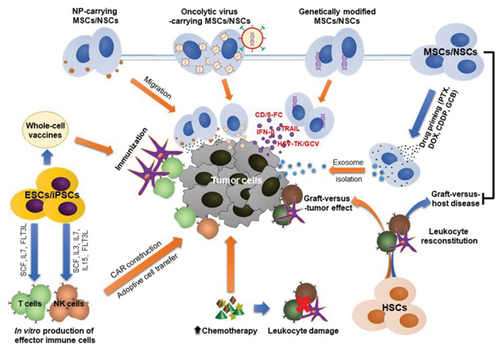
Table 1. Clinical trials focused on the efficacy of MSCs in decreasing the onset of GVDH occurrence, induced by allogeneic HSC transplantation in cancer patients.
Table 2. Presentation of clinical research investigating the effects of stem cell therapy in cancer treatment.
Figure 6. Engineered extracellular vesicles (EVs) for delivering therapeutic entities by the process of exogenous loading after their isolation or endogenous loading during EVs biogenesis, protecting them from damage and increasing the success of therapy (Yin, L. Liu et al., Citation2020).
